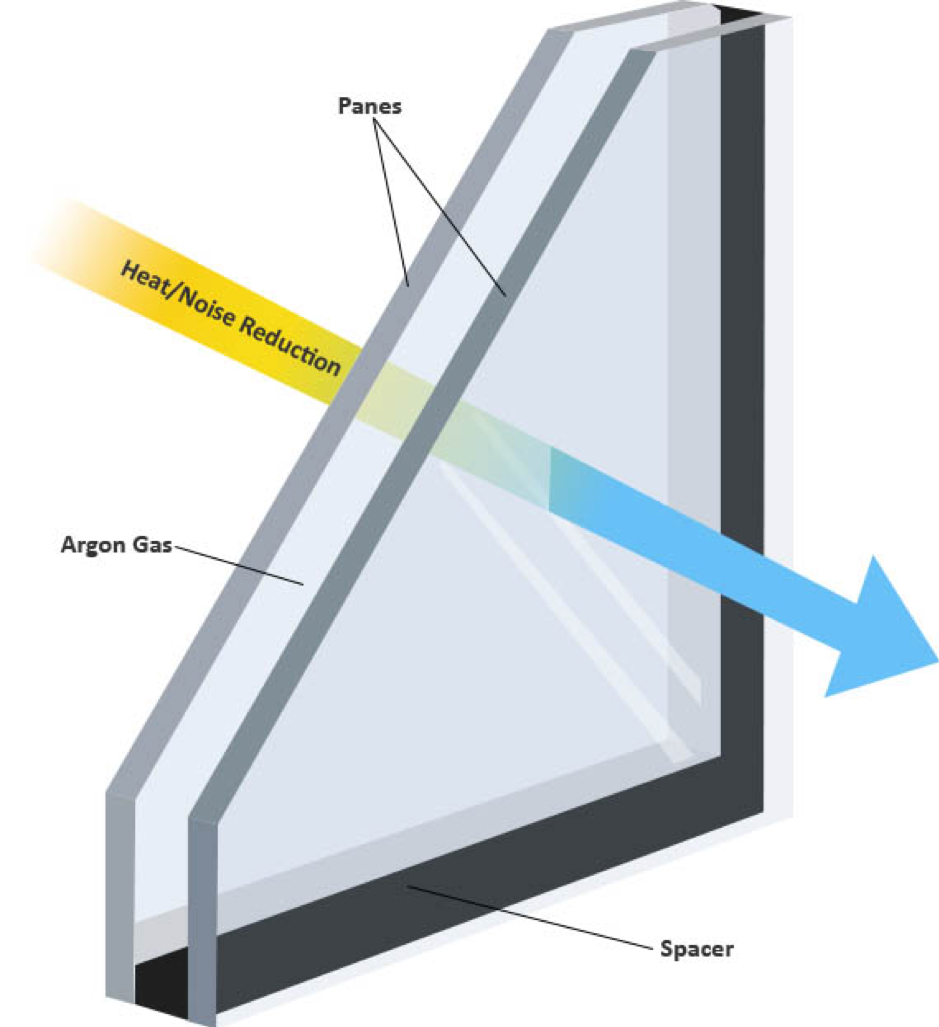All Categories
Featured
Table of Contents
Magnetite: Australian Retrofit Double Glazed Windows in Pearsall WA
That window can transmit more solar heat in winter than in summer. A west-facing window on a summer's afternoon has an angle of occurrence from near 0 up to 30 with a big efficient location of solar radiation. A north-facing window, in summertime, has a high angle of occurrence and a low efficient area of solar radiation, so can transfer less heat than a west-facing one.

But you can rapidly and easily improve the thermal efficiency of your house by replacing your windows. This is one of the most reliable techniques of remodelling to attain enhanced thermal comfort. There are thousands of types of glass and frames to select from. Selecting the ideal ones is important to improving the energy performance of your house.
Lifestyle - West Coast Double Glazing in Darling Downs Perth
Single glazing with clear glass is not extremely efficient when it comes to heat loss or gain. To enhance performance, you can utilize single glazing with a more energy-efficient type of glass such as low emissivity (low-e) glass.
The energy performance of IGUs also depends on: the homes of each layer of glass. Different glass types (for example, clear and low-e glass) can be put together in an IGU.
Improve Your Home's Energy Efficiency With Double Glazing in Floreat Perth

IGU cavities can be filled with air or a more inert, low-conductivity gas such as argon the width of the cavity. Cavity density is typically 6 to 18mm. Broader cavities offer lower (much better) U values, with 12mm normally accepted as the favored gap how well the cavity is sealed. Cavities should be dry and well sealed to prevent moisture getting in.
If argon is installed to the cavity in location of air, wetness is dependably excluded the level of desiccant (drying representative). The spacer (metal or polymer strip) that separates the glass layers consists of a desiccant to absorb any wetness. Insufficient desiccant may trigger moisture to condense on the glass surface in cold conditions, decreasing thermal performance.
Lifestyle - West Coast Double Glazing in Willagee WA
IGUs can provide better energy efficiency for all climates, specifically in heated and air-conditioned houses. Cross-section detail of single, double and triple-glazing units Low emissivity glass (typically called low-e glass) decreases heat transfer. Low-e glass might be either high or low transmission: High transmission low-e glass has a coating that enables daylight from the sun to pass into your house to accomplish excellent solar heat gain, but lowers the quantity of the long wavelength infrared heat that can escape back through the window.
Low-e glass has either a pyrolytic finish or a vacuum-deposited thin film metal coating. Pyrolytic finishes are resilient and can be used for any glazing; vacuum-deposited finishings are soft and are just utilized within IGUs. Low-e coatings can significantly enhance both U value and SHGC; however, they must be used correctly or they will either deteriorate or fail to perform as needed.
Solace Creations: Home in Hamilton Hill Western Australia
Low-e finishes can be used in combination with clear, toned or reflective glass. Low-e coverings on glazing can minimize heat transfer where needed Image: Department of Market, Science, Energy and Resources Toned glass has colouring additives included throughout manufacture. It is readily available in various colours, typically bronze, grey, blue and green.
Table of Contents
Latest Posts
Energy Efficient Windows At Everest in Lakes Perth
Single Vs Double Vs Triple - Which Window Is Right For Your ... in South Fremantle Western Australia
How Are Double Glazed Windows More Energy Efficient? in Safety Bay Western Australia
More
Latest Posts
Energy Efficient Windows At Everest in Lakes Perth
Single Vs Double Vs Triple - Which Window Is Right For Your ... in South Fremantle Western Australia
How Are Double Glazed Windows More Energy Efficient? in Safety Bay Western Australia